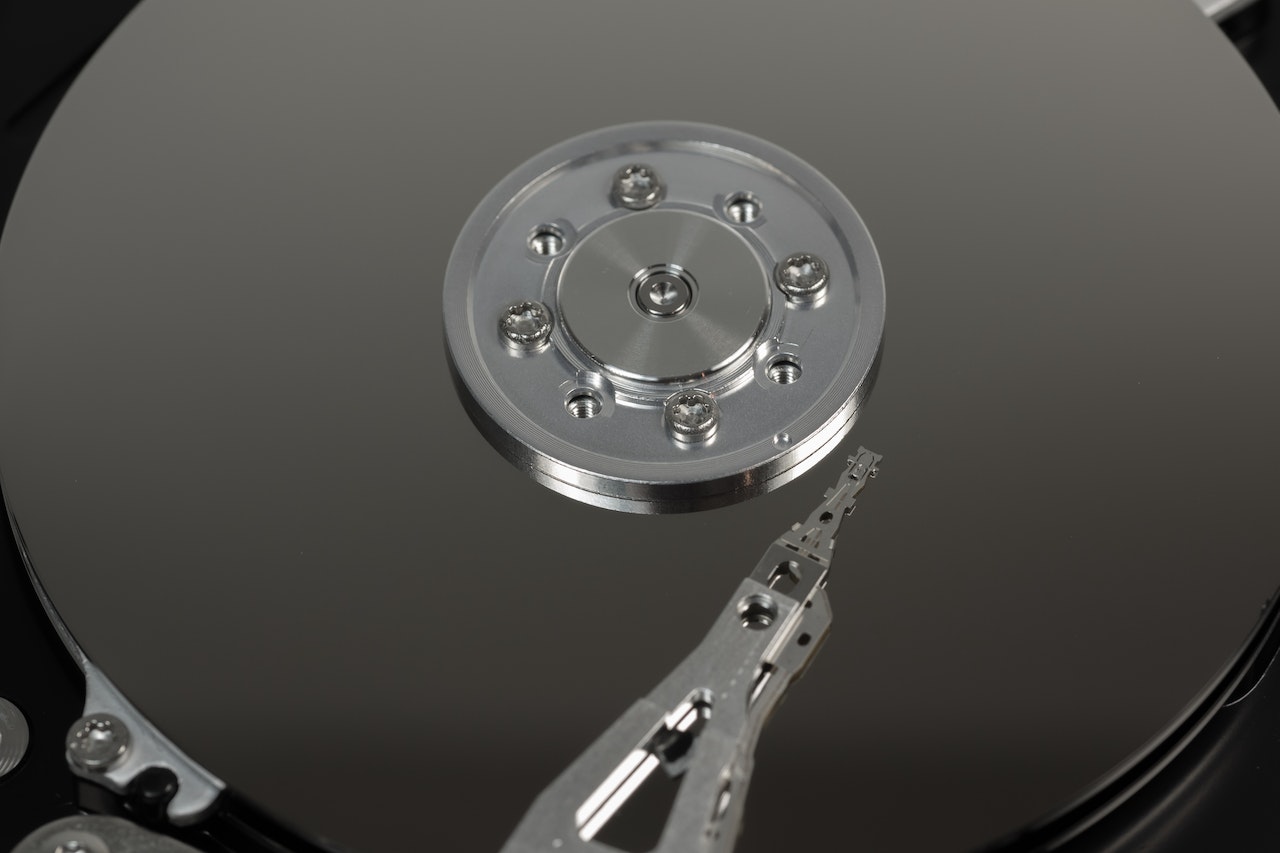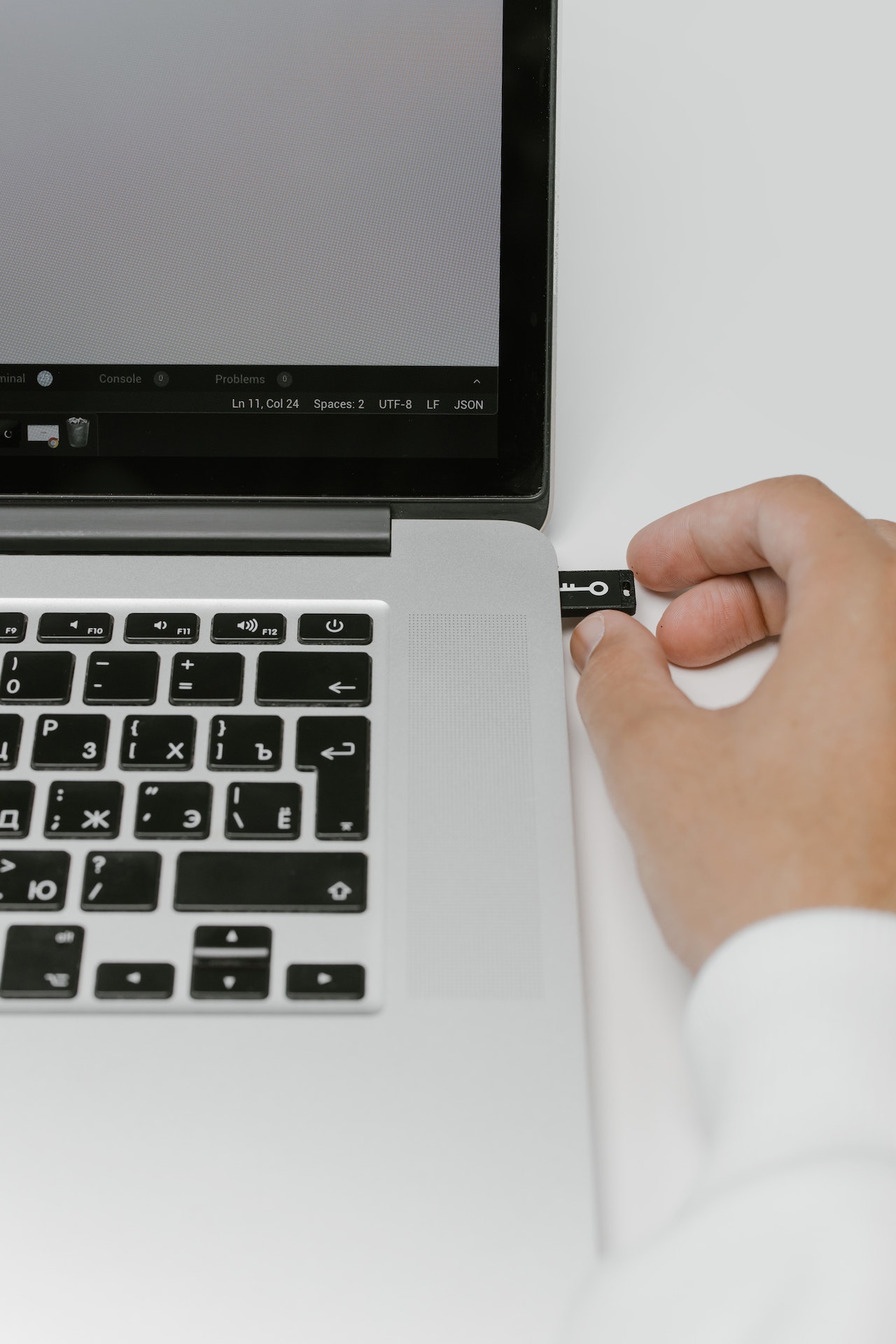Hard Drive Full, Are you experiencing the frustration of a full hard drive? Do you find it difficult to store new files and run programs without receiving constant warnings about low disk space? You’re not alone. A full hard drive can be caused by a variety of factors, including system errors, unnecessary files, and outdated programs. But don’t worry, there are several ways to fix the issue and get your computer running smoothly again. In this article, we will discuss 8 fixes to try when your hard drive is full for no reason.
Read More: Finding Data on a Dead Hard Disk( Step-By-Step Guide)
Explore the Contents
- 1 Run a Disk Cleanup
- 2 Uninstall Unused Programs
- 3 Delete Duplicate Files
- 4 Clear Temporary Files
- 5 Disable Hibernation
- 6 Move Files to an External Drive
- 7 Use Cloud Storage
- 8 Upgrade to a Larger Hard Drive
- 9 Check for Malware
- 10 Uninstall Unused Programs
- 11 Disable System Restore
- 12 Hard Drive Full, Conclusion
- 13 FAQs:
Run a Disk Cleanup
Hard Drive Full, One of the easiest ways to free up space on your hard drive is to run a disk cleanup. This tool is built into the Windows operating system and can be used to delete temporary files, system files, and other unnecessary data. To run a disk cleanup, follow these steps:
- Click on the Windows Start menu and type “Disk Cleanup” in the search bar.
- Select the Disk Cleanup app from the results.
- Choose the drive you want to clean up (usually C:).
- Wait for the tool to scan the drive for files that can be deleted.
- Select the categories of files you want to delete.
- Click on “Clean up system files” to remove additional files.
Running a disk cleanup regularly can help keep your hard drive free of unnecessary files, improve your computer’s performance, and prevent system errors.

Uninstall Unused Programs
Hard Drive Full, Another common cause of a full hard drive is unused programs taking up space. Many programs come pre-installed on computers and may never be used, while others may have been installed for a specific purpose but are no longer needed. To uninstall unused programs, follow these steps:
- Click on the Windows Start menu and select “Settings.”
- Choose “Apps” from the settings menu.
- Scroll through the list of installed programs and select the program you want to uninstall.
- Click on “Uninstall” and follow the prompts.
By uninstalling unused programs, you can free up valuable disk space and improve your computer’s performance.
Delete Duplicate Files
Hard Drive Full, Duplicate files can take up a significant amount of space on your hard drive without you even realizing it. These Duplicate files can take up a significant amount of space on your hard drive without you even realizing it. These files are often created when you make copies of files, download them from the internet, or back up your data. To find and delete duplicate files, you can use tools such as Duplicate Cleaner, CCleaner, or Auslogics Duplicate File Finder. These programs will scan your hard drive for duplicate files and allow you to delete them with a few clicks.
Clear Temporary Files
Hard Drive Full, Temporary files are created by programs when they need to store information temporarily. Over time, these files can accumulate and take up valuable disk space. To clear temporary files, follow these steps:
- Click on the Windows Start menu and type “Disk Cleanup” in the search bar.
- Select the Disk Cleanup app from the results.
- Choose the drive you want to clean up (usually C:).
- Wait for the tool to scan the drive for files that can be deleted.
- Select “Temporary files” from the list of file categories.
- Click on “OK” to delete the files.
Clearing temporary files regularly can help keep your hard drive free of unnecessary data and improve your computer’s performance.

Disable Hibernation
Hard Drive Full, Hibernation is a feature in Windows that allows your computer to save its current state to the hard drive and power off completely. While this feature can be useful, it can also take up a significant amount of disk space. To disable hibernation, follow these steps:
- Click on the Windows Start menu and type “Command Prompt” in the search bar.
- Right-click on the Command Prompt app and select “Run as administrator.”
- Type “powercfg -h off” and press Enter.
- Close the Command Prompt app.
Disabling hibernation can free up several gigabytes of space on your hard drive.
Move Files to an External Drive
Hard Drive Full, If you have files that you don’t need to access frequently, such as old photos or videos, you can move them to an external drive to free up space on your hard drive. External drives are affordable and easy to use, and they can be connected to your computer using a USB cable. To move files to an external drive, follow these steps:
- Connect the external drive to your computer.
- Open File Explorer and locate the files you want to move.
- Right-click on the files and select “Cut.”
- Navigate to the external drive in File Explorer.
- Right-click in an empty area and select “Paste.”
Moving files to an external drive can help free up space on your hard drive and make your computer run more efficiently.
Use Cloud Storage
Cloud storage services such as Google Drive, Dropbox, and OneDrive can be a great way to free up space on your hard drive. These services allow you to store files online and access them from anywhere with an internet connection. To use cloud storage, follow these steps:
- Sign up for a cloud storage service and create an account.
- Download and install the service’s app on your computer.
- Drag and drop files you want to store to the app.
- Access your files from any device with an internet connection.
Using cloud storage can help keep your hard drive free of unnecessary files and make your files easily accessible from anywhere.

Upgrade to a Larger Hard Drive
Hard Drive Full, If none of the above fixes work, you may need to upgrade to a larger hard drive. This can be a more expensive option, but it will provide you with more space to store your files and programs. To upgrade to a larger hard drive, follow these steps:
- Determine the type of hard drive you need (SSD or HDD).
- Purchase a new hard drive that is larger than your current one.
- Install the new hard drive in your computer.
- Use a cloning software such as Acronis True Image to clone your current hard drive to the new one.
- Swap the old hard drive with the new one.
- Boot up your computer and ensure everything is working properly.
Hard Drive Full, Upgrading to a larger hard drive can be a great option if you need more space for your files and programs.
Check for Malware
Hard Drive Full, Malware can take up a significant amount of space on your hard drive without your knowledge. Malware can also slow down your computer and cause other issues. To check for malware, follow these steps:
- Download and install a reputable anti-malware program such as Malwarebytes or Avast.
- Run a full system scan.
- Remove any malware found during the scan.
Hard Drive Full, Regularly checking for malware can help keep your computer running smoothly and ensure that your hard drive is not being used unnecessarily.
Uninstall Unused Programs
Hard Drive Full, Over time, you may have installed programs that you no longer use. These programs can take up valuable space on your hard drive. To uninstall unused programs, follow these steps:
- Click on the Windows Start menu and select “Settings.”
- Click on “Apps.”
- Scroll down and locate the program you want to uninstall.
- Click on the program and select “Uninstall.”
- Follow the prompts to uninstall the program.
Hard Drive Full, Uninstalling unused programs can help free up space on your hard drive and improve your computer’s performance.
Disable System Restore
Hard Drive Full, System Restore is a feature in Windows that allows you to restore your computer to a previous state if there is an issue. While this feature can be useful, it can also take up a significant amount of disk space. To disable System Restore, follow these steps:
- Click on the Windows Start menu and select “Settings.”
- Click on “System.”
- Click on “System Protection” in the left-hand menu.
- Select the drive you want to disable System Restore for and click on “Configure.”
- Select “Disable system protection.”
- Click on “OK.”
Hard Drive Full, Disabling System Restore can free up several gigabytes of space on your hard drive.

Hard Drive Full, Conclusion
Hard Drive Full, In conclusion, there are many reasons why your hard drive may be full for no reason. However, there are several fixes you can try to free up space on your hard drive. By following the steps outlined in this article, you can ensure that your hard drive has enough space for your files and programs.
Read More: Scan Disk Windows: 14 Easy Ways
FAQs:
- Can I delete all temporary files?
- It’s generally safe to delete all temporary files, but be sure to review the list of files before deleting them.
- How often should I clear my temporary files?
- It’s a good idea to clear temporary files once a month or whenever you notice your computer is running slowly.
- Can I move program files to an external drive?
- No, you cannot move program files to an external drive. Only data files can be moved to an external drive.
- How do I know if my hard drive is full?
- You can check how much space is left on your hard drive by opening File Explorer and selecting the drive you want to check. The amount of free space will be displayed.
- Can I delete hiberfil.sys?
- Yes, you can delete hiberfil.sys, but only if you have disabled hibernation. If you have not disabled hibernation, Windows will recreate the file the next time you hibernate your computer.



